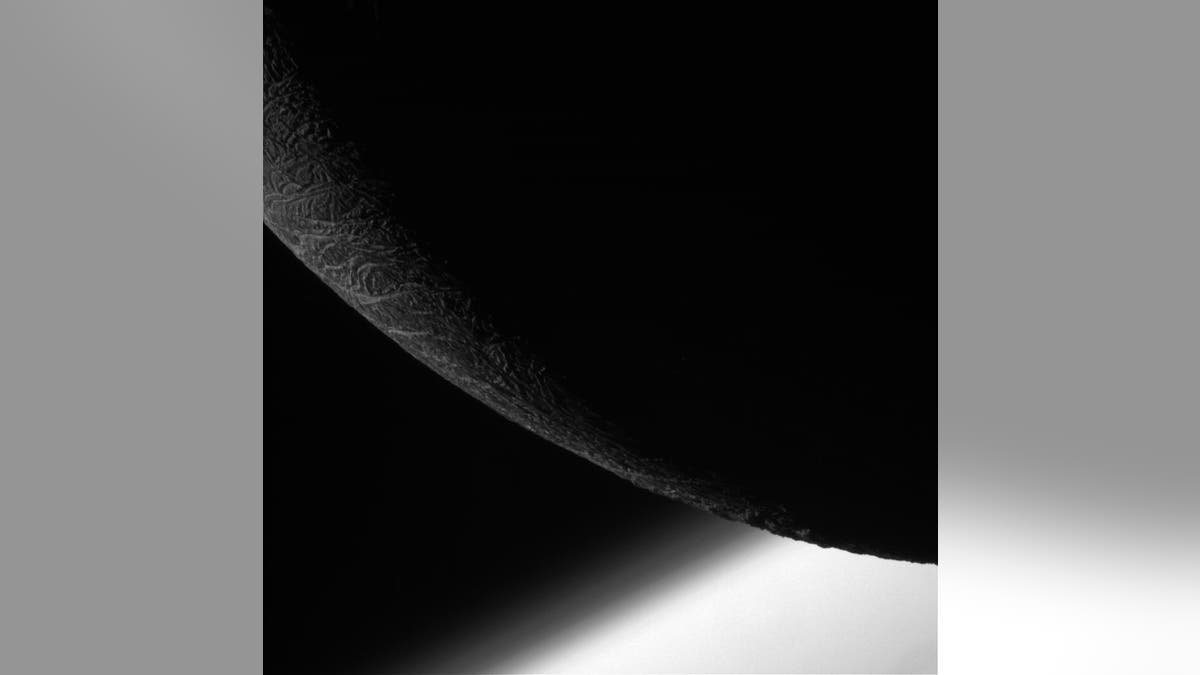
[NASA/JPL-Caltech/Space Science Institute]
NASA’s Cassini spacecraft may be retreating from Enceladus, an icy moon near the planet Saturn, but scientists shouldn't help but feel a bittersweet “mission accomplished.”
Cassini marked its 22nd encounter with Enceladus, and began to transmit images at a distance of 3,106 miles (roughly the distance from Seattle to New York) away from the moon on Dec. 19.
Related: Earth never looked so good
"We bid a poignant goodbye to our close views of this amazing icy world," said Linda Spilker, the mission's project scientist at NASA's Jet Propulsion Laboratory (JPL) in Pasadena, California, on NASA’s website. "Cassini has made so many breathtaking discoveries about Enceladus, yet so much more remains to be done to answer that pivotal question, 'Does this tiny ocean world harbor life?’”
Cassini has a rich, decade-long history with the moon, and has provided insight from the beginning of its mission. In 2005, shortly after its arrival, the spacecraft discovered geologic activity, inspiring scientists to change the mission to maximize the amount and quality of its flybys. The spacecraft also discovered material gushing from warm fractures near its surface. In 2014, evidence of a surface subsea was uncovered, and this year, the data was revised once more to state that the moon hosts a global ocean.
Related: Supermoon lunar eclipse in pictures
"This final Enceladus flyby elicits feelings of both sadness and triumph," said Earl Maize, Cassini project manager at NASA’s JPL, in a press release on NASA’s website. "While we're sad to have the close flybys behind us, we've placed the capstone on an incredible decade of investigating one of the most intriguing bodies in the solar system."
The spacecraft will continue to monitor the moon until the mission concludes in Sept. 2017, but at a distance NASA estimates to be at least four times away or more compared to its most recent position.
The Cassini-Huygens mission is a cooperative project of NASA, ESA (European Space Agency) and the Italian Space Agency.




















